The purest bioethanol, odorless
Xaralyn
Everything about the scent of bioethanol: what you need to know about bioethanol and odour perception
Bioethanol is classified as a biofuel. Biofuels are fuels made from organic materials, also called biomass. Examples of biomass include agricultural crops, wood residues, sugarcane, corn, or plant waste. Bioethanol is a well-known liquid biofuel widely used as a sustainable energy source in fireplaces, stoves, and even the automotive industry.
What exactly is bioethanol?
The main difference between bioethanol and regular ethanol is the origin of the raw material. While ethanol is typically produced from fossil sources such as petroleum, bioethanol comes from renewable sources like plants and crops. This makes bioethanol a more environmentally friendly alternative that helps reduce CO₂ emissions.
Bioethanol and odour: what's the deal?
A common question is: “Does bioethanol smell?” or even “Does bioethanol stink?” The answer depends on several factors, including the purity of the bioethanol, the quality of the fireplace, the ventilation of the room, and individual sensitivity to odours. In general, high-quality bioethanol is known to burn almost odourless. However, when lighting or extinguishing a bioethanol fireplace, a faint scent may be noticeable.
Where does the smell come from?
Although bioethanol is a clean-burning fuel, a slight alcohol smell may be noticeable when:
- Opening the bottle
- Refilling the burner
- Igniting the flame
- Extinguishing the fireplace
This is not a combustion smell but the natural odour of ethanol. During combustion of high-quality bioethanol, only water vapour and a small amount of CO₂ are released — no harmful or smelly substances.
Is bioethanol odourless?
High-quality bioethanol, such as Xaralyn Original or CL100, is so pure that it produces hardly any odour during combustion. In well-ventilated rooms, the scent is usually imperceptible. However, people with a keen sense of smell or in poorly ventilated spaces may notice a slight alcohol-like smell, especially when lighting or extinguishing the fireplace.
The impact of odour on user experience
Odour perception is subjective. What seems odourless to one person may be noticeable to another. This depends on:
- Personal sensitivity
- Room size and ventilation
- Duration of fireplace usage
- Type of bioethanol used
Users who use cheap, low-purity bioethanol often report more smell, smoke, or even headaches. This is due to impurities. Always choose high-quality bioethanol with a high purity level (>96% ethanol).
Low-quality bioethanol: When cheap becomes costly
Not all bioethanol is created equal. Cheaper variants are often recycled from by-products of the food industry. While this type of ethanol may be technically suitable for cleaning or disinfection purposes, it is not designed for use in fireplaces. When used as a fuel, it comes with significant drawbacks.
Recycled or industrial-grade bioethanol typically contains residual odours from the original raw materials or added denaturing agents. When burned, these substances can produce noticeable and sometimes unpleasant smells — often described as sour, sharp, or chemical. This can significantly affect the comfort and ambiance of a bioethanol fireplace, especially in indoor settings. In poorly ventilated rooms, these fumes can even cause irritation to the eyes or respiratory tract.
That’s why choosing high-quality bioethanol is essential for a clean and nearly odourless experience. Premium fuels like Xaralyn Original or CL100 are specifically formulated for residential use and ensure a pure, comfortable flame. While low-cost bioethanol may seem attractive at first glance, it often results in disappointing performance and may even harm your fireplace in the long run.
Scented bioethanol: Atmosphere or illusion?
Some suppliers offer bioethanol with added fragrances such as lavender, pine, or vanilla. While the idea of a pleasantly scented fireplace flame may sound appealing, there are important drawbacks to using fragranced bioethanol.
The added scents are almost always oil-based, which means they can produce soot and other combustion residues when burned. This compromises one of the main advantages of bioethanol: a clean, low-emission burn. Instead of a pure flame that only releases water vapour and CO₂, scented bioethanol may emit additional particles that negatively impact indoor air quality.
Another concern is that scented bioethanol is sometimes used to mask low fuel quality. The added fragrance can cover up impurities or unpleasant odours from the ethanol itself, giving the illusion of quality while actually hiding a cheaper, less refined product.
If you value a healthy and safe indoor environment, it’s best to choose high-quality, unscented bioethanol with no artificial additives. This ensures your fireplace remains not only atmospheric, but also genuinely clean and efficient.
Bioethanol fireplace as a low-odour alternative to wood stoves
Traditional wood-burning stoves often emit a strong smell, both indoors and outdoors. Wood combustion is polluting and emits soot, fine dust, and odorous compounds. A bioethanol fireplace offers a fresh and low-odour alternative, especially in urban areas where wood stoves are increasingly restricted.
Advantages:
- Low odour with the right fuel
- No chimney required
- Easy to install
- No soot or fine particle emissions
- Ideal as decorative heating
Bioethanol fireplaces have a higher efficiency than wood stoves because there is no heat loss via a flue. As a result, the heat is better retained in the room.
Bioethanol as a replacement for gas fireplaces
Gas fireplaces are falling out of favour, especially in the Netherlands, where the gas supply is being phased out. Many homeowners seek sustainable alternatives.
A bioethanol fireplace:
- Does not require a gas connection
- Provides instant heat
- Is portable
- Emits less odour than gas if properly ventilated
Combined with underfloor heating or a heat pump, a bioethanol fireplace is an attractive source of secondary heat with ambiance.
Xaralyn CL100 Bioethanol
- Composition: >96% ethanol
- Origin: primarily corn
- Combustion: very clean and low odour
- Packaging: 1-litre bottle with patented extended nozzle
- Features: ideal for indoor use, virtually odourless
CL100 bioethanol has been developed to guarantee clean combustion with minimal odour.
Frequently Asked Questions
Does a bioethanol fireplace smell strong?
No, a good fireplace with high-quality fuel produces little to no odour. A brief scent may be noticeable when lighting or extinguishing.
Can bioethanol cause headaches?
Not with proper ventilation and premium fuel. Low-quality fuel or poor airflow may cause irritation.
How to reduce bioethanol odour?
- Use only 96% pure bioethanol
- Ensure good room ventilation
- Use a quality fireplace
- Never leave fuel open
- Refill only when the burner is fully cooled
Is truly odourless bioethanol available?
Completely odorless does not exist, but there are very low-odor variants such as Xaralyn CL100 that emit virtually no odor during normal use.
Bioethanol odour vs other fuels
| Fuel Type | Odour | Harmful Emissions | Chimney Needed |
|---|---|---|---|
| Wood | Strong | Yes (soot, particles) | Yes |
| Gas | Light | Yes (CO₂, methane) | Yes |
| Bioethanol | Light (mainly at ignition) | No (only CO₂, water vapour) | No |
| Electric | None | None | No |
Bioethanol is therefore one of the least odourless fuels, if used correctly.
Conclusion: Is bioethanol odourless?
While not 100% odourless, high-quality bioethanol comes close to odour-free comfort when used correctly. Want to enjoy your fireplace without unpleasant smells? Follow these tips:
- Choose only top-grade bioethanol
- Ventilate properly
- Refill carefully
- Avoid cheap or uncertified fuel
With the right choices, you can enjoy a cosy, low-odour fireplace for years to come that is also sustainable and safe.
Need help selecting the best bioethanol for your fireplace? Contact us — we’re happy to help!
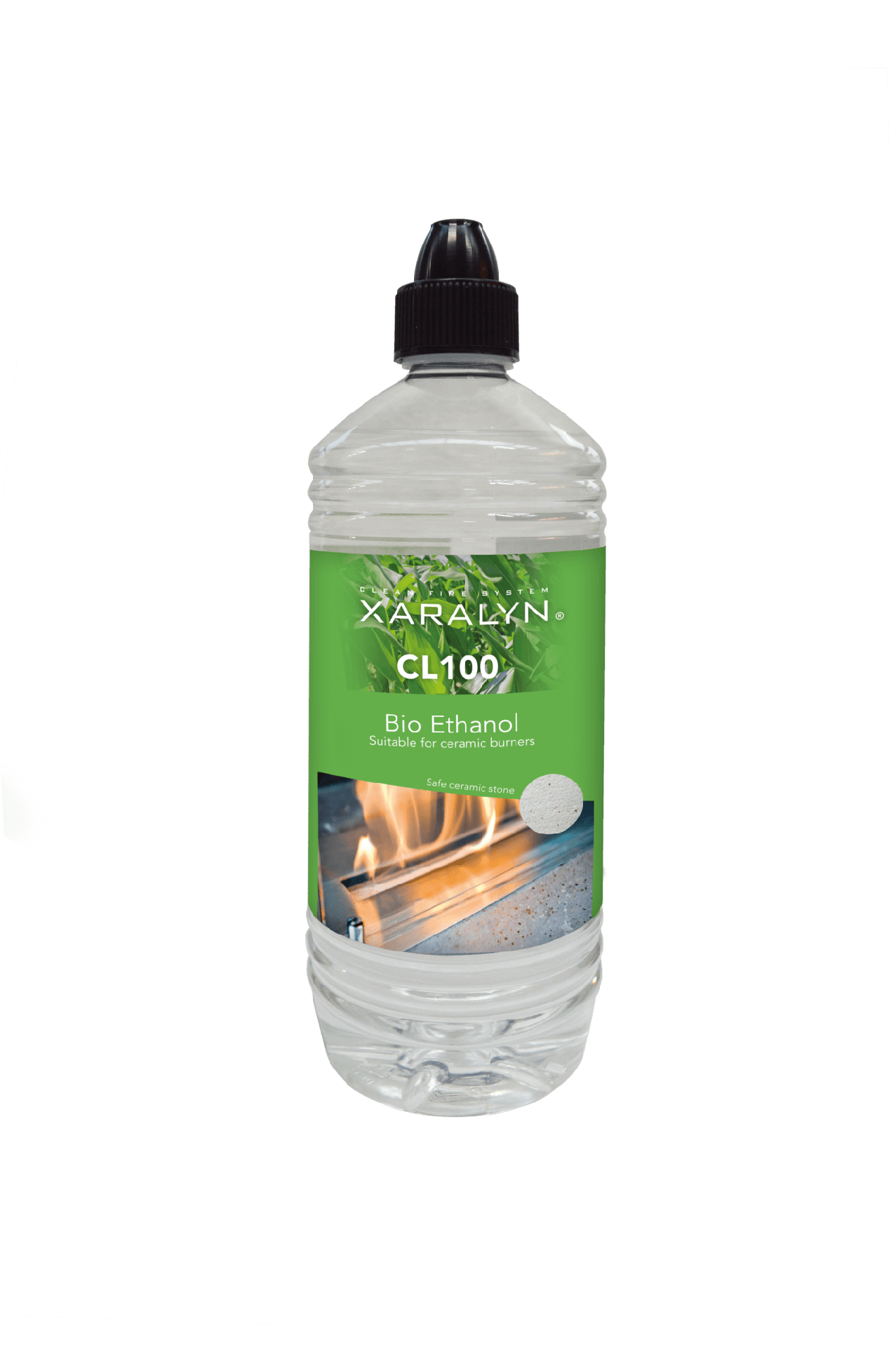
Why choose Xaralyn
Our key points of Focus
Safety and quality are our top priorities
Energy-efficient and environmentally friendly fireplaces Xaralyn
Fast delivery from our own stock
Custom solutions negotiable
Excellent Customer Service for all your questions
What are you looking for?
Choose from
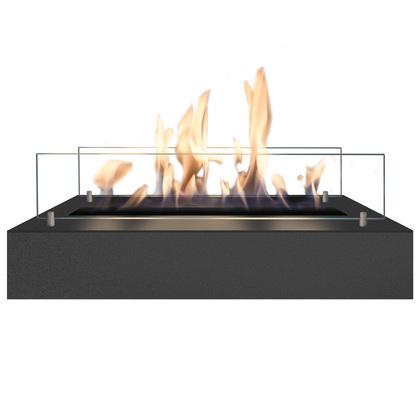
Bioethanol
Decorative Fireplace
A fireplace with real fire, environmentally friendly, and without a chimney.
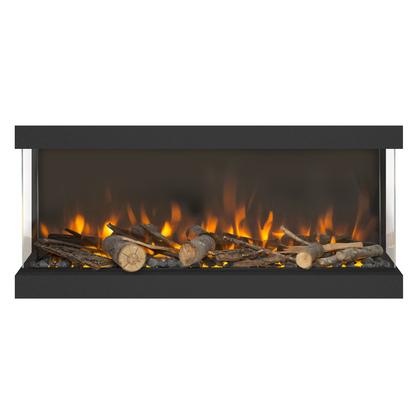
Electric
Decorative Fireplace
Combine the effect of realistic fire with a heating function. See all our decorative fireplaces.
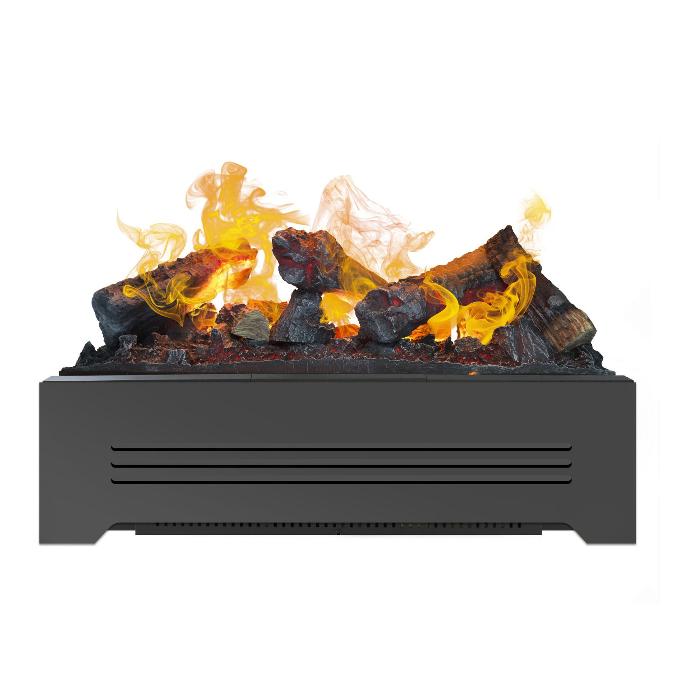
Water Vapor
Decorative Fireplace
The water vapor creates an illusion of a real flame. Environmentally friendly, and without a chimney.
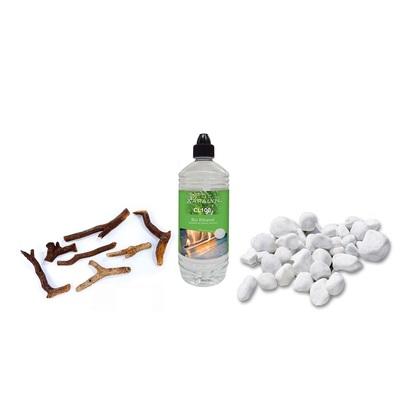
Accessories
& Spare Parts
Decoration, fuel, or parts for your electric fireplace. View all accessories here.
We are happy to advice you
Ask your questions to our experts
Step inside our showroom or visit our dealers and discover the warmth and coziness that will completely transform your home. Let yourself be inspired by our extensive range and find the perfect fireplace for your dream interior!

Try our bio-ethanol fireplace for free* for 30 days.
We are eager to convince you of our Fire System!